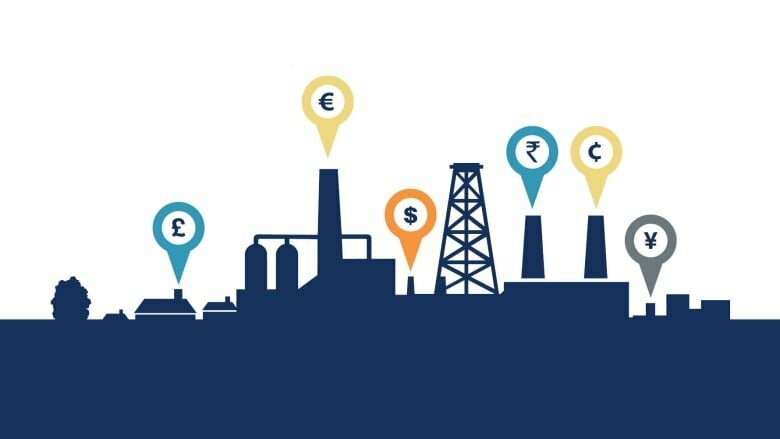 (Credit: World Bank Group)
(Credit: World Bank Group)A new report by the World Bank's Carbon Pricing Leadership Coalition highlights how carbon pricing can help businesses decarbonize and innovate in a cost-effective manner.
Carbon pricing is a fee charged to greenhouse gas emitters covered by the scheme. It takes two main forms:
Independent of which system is chosen, carbon pricing in the short term provides covered entities with flexibility, allowing them to choose whether to pay the tax/purchase more carbon credits or reduce emissions. In the long term, as the tax increases or as carbon credits become more limited, price signals will incentivize decarbonization as the cost of paying the tax/purchasing credits becomes more expensive than reducing emissions. The same price signals will spur both investment in renewable energy and energy efficiency as well as technological innovation given increased demand for emissions reduction strategies.
Carbon pricing also raises government revenue that can be used to finance further decarbonization. Alternatively, or conjointly, revenues may be used to finance a just transition, reimbursing low-income individuals with carbon dividends and/or channeling funds to developing nations and populations affected by climate change.
For all the potential good of carbon pricing, CPLC warns that it must be implemented correctly to avoid “deficiencies that have prevented it from achieving its full potential" in the past, including "weak emissions caps or low carbon tax levels, limited sectoral coverage, and unclear long-term carbon price signals.” The report documented 45 countries with a price on carbon and found that most of their carbon prices fall “below the $40-80/tCO2e range needed to help meet the 2°C temperature goal of the Paris Agreement.” In the private sector, 853 companies disclosed using an internal carbon price in 2020, with a further 1,159 noting an intention to adopt one over the next two years.
To optimize the effect of carbon pricing, CPLC advises that schemes must be paired with complimentary decarbonization policies, including removing fossil fuel subsidies, increasing subsidies and accessibility to renewable energy and energy efficiency technologies, and, in industries where emissions sources are difficult to monitor or price, more conventional regulatory measures.
Read the full Report of the Task Force on Net Zero Goals & Carbon Pricing here.